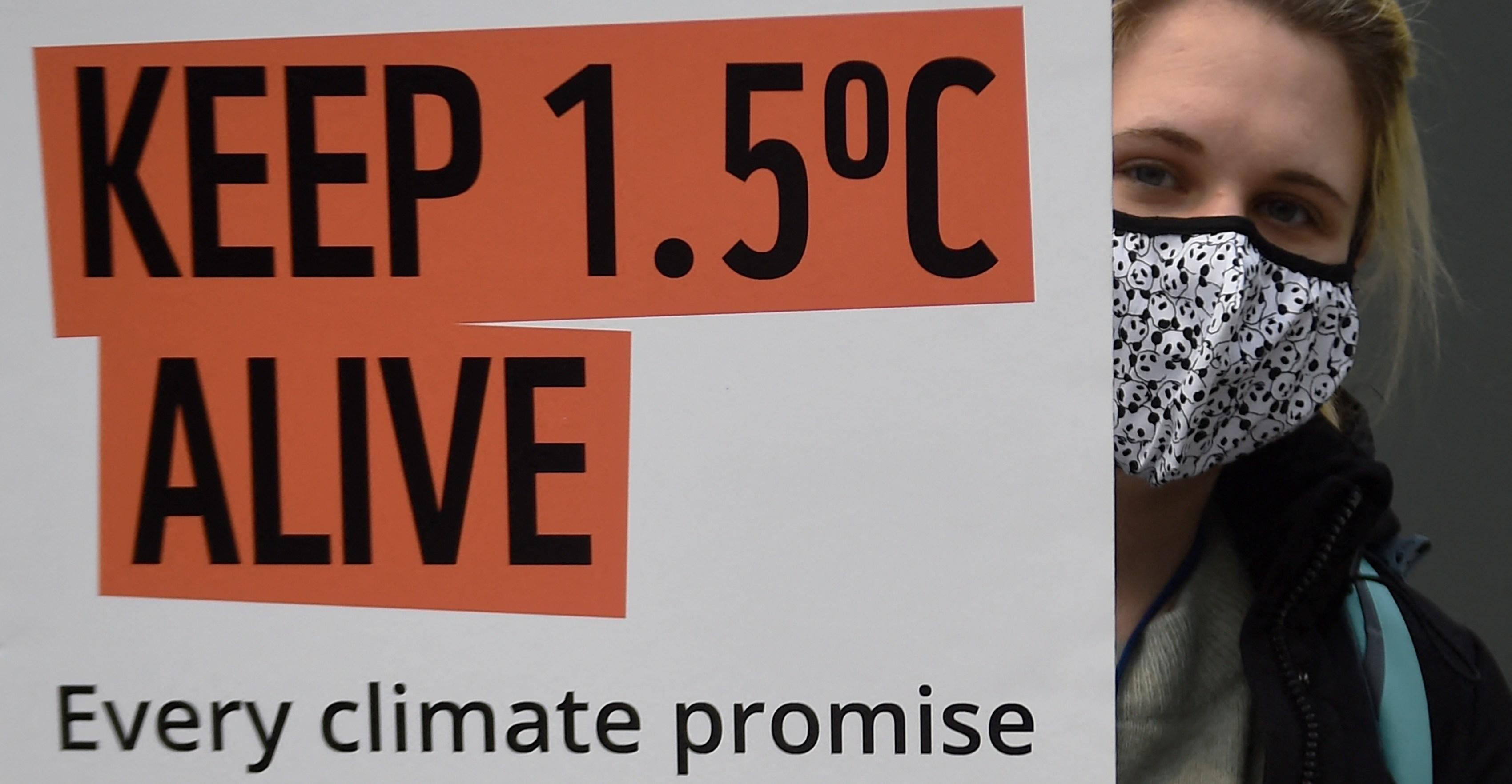The gross domestic product of Group of 20 (G-20) economies returned to pre-pandemic levels in the first quarter of 2021, but with large differences emerging between nations.

GDP of the G-20 area grew by 0.8% in the first quarter, compared with the fourth quarter of 2020, according to the latest data from the Organization for Economic Cooperation and Development released Thursday.
Year-on-year GDP growth for the G-20 rebounded to 3.4% in the first quarter of 2021, following a contraction of 0.7% in the previous quarter.
China, where the coronavirus pandemic emerged, recorded the highest annual growth (18.3%), while the U.K. recorded the largest annual fall (minus 6.1%).
Europe fared particularly badly in the first quarter, a period when a third wave of Covid infections swept the region, in contrast with other countries.
India, Turkey and China (whose GDP was already above pre-pandemic levels in the previous quarter) continued to see a recovery in the first quarter of 2021, growing by 2.1%, 1.7% and 0.6%, respectively.
In addition, Australia, South Korea and Brazil saw growth return to pre-pandemic levels in the first quarter.
GDP still lagging for some
But for the remaining G-20 economies, GDP is still below pre-pandemic levels, with countries recording startling divergences in the first quarter.
While GDP growth accelerated in the United States (to 1.6%, after 1.1% in the fourth quarter of 2020) and Italy, growth slowed in Indonesia, Canada, South Africa and Mexico.
Growth even turned negative in Germany (-1.8%, after 0.5% growth in the fourth quarter), the U.K. (-1.5%, after 1.3% growth), Japan and Saudi Arabia while in France, GDP continued to contract for the second consecutive quarter, although at a slower pace (-0.1%, after -1.5%).
Overall, the U.K. and Italy recorded the largest gaps to pre-pandemic GDP levels, at -8.7% and -6.4%, respectively. But Germany, France, the euro zone and the European Union still recorded gaps of more than 4%.

The looming showdown over IVF, explained
- 9 گھنٹے قبل

The unexpected link between your diet and your anxiety
- 9 گھنٹے قبل

Who is Picea Robotics, Roomba’s new owner?
- 11 گھنٹے قبل

We’re passing a dangerous global warming threshold — but we’re not doomed
- 9 گھنٹے قبل

LG enters the RGB LED fray in 2026 with the Micro RGB evo TV
- 11 گھنٹے قبل

The PS5, PlayStation Portal, and Sony’s DualSense are still on sale for a limited time
- 11 گھنٹے قبل

Mayor emphasises importance of waste-to-energy projects for Karachi
- 17 گھنٹے قبل

The mass shooting on Australia’s Bondi Beach, briefly explained
- 9 گھنٹے قبل

Trump is recruiting Big Tech workers for the government
- 11 گھنٹے قبل

Bungie’s delayed shooter Marathon launches in March
- 11 گھنٹے قبل
Morocco beat Jordan 3-2 after extra time to clinch Arab Cup
- چند سیکنڈ قبل

Gold prices plunge in Pakistan, global markets
- 3 منٹ قبل









